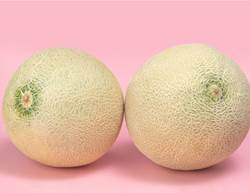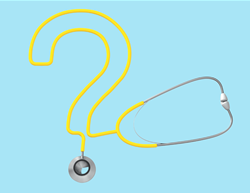The study revealed that people who ate at least two serves of fruit per day had to produce less insulin to lower their blood sugar levels, compared to those who ate half a serve.
Dr Nicola Bondonno, who was the study’s lead author said they did not observe the same beneficial relationship for fruit juice. “Higher insulin sensitivity and a lower risk of diabetes was only observed for people who consumed whole fruit, not fruit juice. It is likely because juice tends to be much higher in sugar and lower in fibre,” she said.
“As well as being high in vitamins and minerals, fruits are a great source of phytochemicals which may increase insulin sensitivity, and fibre which helps regulate the release of sugar into the blood and also helps people feel fuller for longer,” said Dr Bondonno, Professor of Biology at the University of New Hampshire, where the study was conducted.
Exactly how fruit contributes to insulin sensitivity is still unclear and will require further research. In the meantime, try adding two of these low-GI fruits into your day: pears, peaches, plums, oranges and apples.










